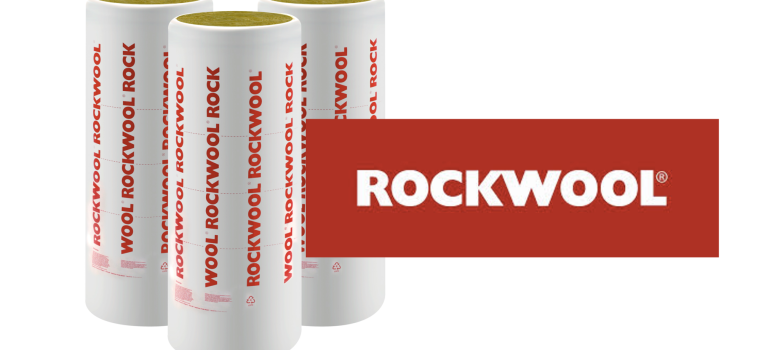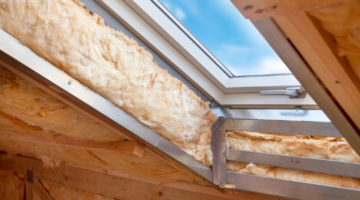
If you are insulating the walls of your home there are a few different materials you can use. One material that is growing in popularity is Rockwool – which like the name suggests is wool made from molten rock. A mixture of basalt, anorthosite, and cemented briquettes are heated up in excess of 15000c at which the rock mixture becomes molten and this is then spun into fibres. A binder and mineral oil are then added which stabilises the spun rock wool fibres and also makes them water repellant.
Rockwool is comparable with EPS in terms of its insulating ability, but there are a few reasons why architects often specify it when they are designing builds.
- Its high thermal efficiency reduces energy bills for heating and cooling in residential buildings due to the outstanding thermal resistance of the wool. The thermal resistance of a construction material is measured by what’s known as the R-value, with a higher number indicating that a substance can better resist thermal transfer. According to the U.S Department of Energy, fibreglass offers an R-value of 2.2 to 2.7 per inch, while Rockwool has an R-value of 3.0 to 3.3 per inch.
- Rockwool offers noise insulation due to its innovative materials that have higher densities and random fibre standard orientation that trap sound waves and deadens vibration time. For this reason it is perfect choice for spaces where the occupants are looking to minimise noise such as offices, bedrooms, meeting rooms or accommodation close to busy roads.
- It offers fire protection to the building and improved safety because it is made of rock that is fire resistant.
- Rockwool is a breathable material allowing moisture to escape from the construction. This reduces the risk of mould and bacterial growth on the inside of the property.
- It constitutes a compression-resistant material that can be used as roofing boards or bonded panels. So it is ideal for thermal applications on domestic buildings such as extensions and loft conversions. It also useful for buildings subjected to change of use or layout that and there is a need to add internal partitions.
- It offers quick and easy installation providing airtightness to the building envelope.
- Improves the thermal comfort and air quality of the building offering a healthier environment to the occupants.
- Provides long term performance due to the unrivalled durability of rock that has unlimited lifetime. So there is no need for maintenance increasing the payback time of the intervention.
- It has minimum environmental impact because it reduces carbon footprint due to its natural origin and hazardous-free classifications that offer minimum embodied carbon. Additionally, it reduces the use of non-renewable energy sources such as gas and electricity contributing to air pollution reduction.
- Rockwool itself is sourced from natural and sustainable raw materials and perhaps more importantly it can be completely recycled when the building is no longer in use without producing waste – All of the Rockwool waste can be reused as a raw material in the manufacturing process, producing brand new insulation.
References
Itewi, M. (2011). Green building construction thermal isolation materials (Rockwool). American Journal of Environmental Sciences, 7(2), 161–165. http://doi.org/10.3844/ajessp.2011.161.165












It’s hard to say